The Bolivar Palace, better known as the Ministry of Foreign Affairs or the Chancellery of Panama, is one of the largest and most imposing buildings in Casco Viejo. It is located on Calle 3 Este in what is now Plaza Bolivar, right in front of the Pacific Ocean.
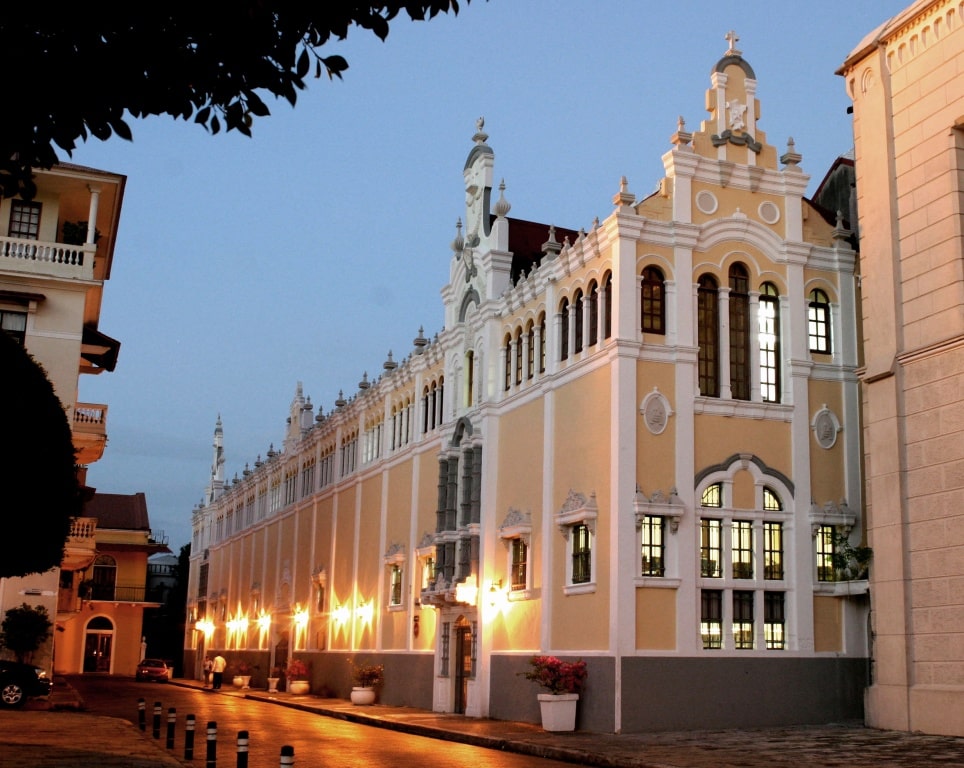
History of the Bolivar Palace
After Panama City moved to what is now known as Casco Viejo, the Franciscans built their temple and convent in front of the Santo Domingo beach. Its story begins in 1673 in this northwest corner of the Bay of Panama in San Felipe. This cloister was the victim of the two great fires that destroyed the city in 1737 and 1756.
At the time of Panama’s independence from Spain in 1821, the Franciscans had already abandoned the convent. Next to the current Bolivar Palace there is still the Saint Francis of Assisi Church. Panama was voluntarily annexed to Gran Colombia and the Congress of Cúcuta is enacted. The central government of Nueva Granada expropriated the land and turned it into a military barracks. The Isthmus Battalion was formed in this barracks, which supported the Battles of Junín and Ayacucho, achieving the independence of Peru in 1824. It also served as a hospital for foreigners.
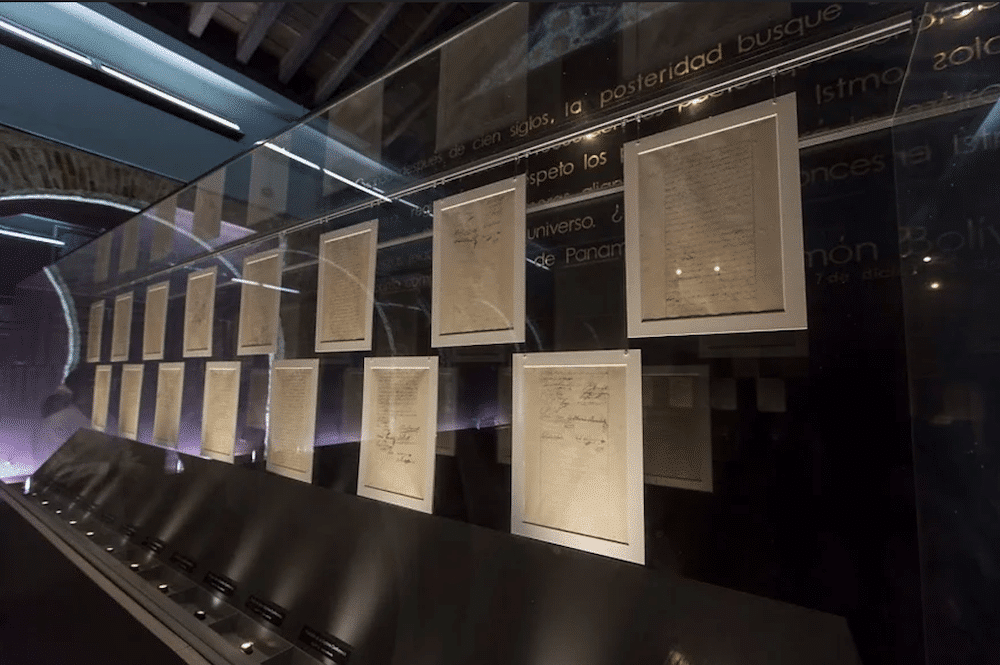
In 1826, the Amphictyonic Congress was held, which was organized at the invitation of the Liberator of America Simon Bolivar. This congress sought the union of the new American countries, basically a continental unification. Only Gran Colombia, Mexico, Peru and the Federal Republic of Central America assisted. The project was a failure and Simon Bolivar himself did not go as he was very busy being president of Peru. The famous Bolivar Room still exists where the delegates of this congress met.
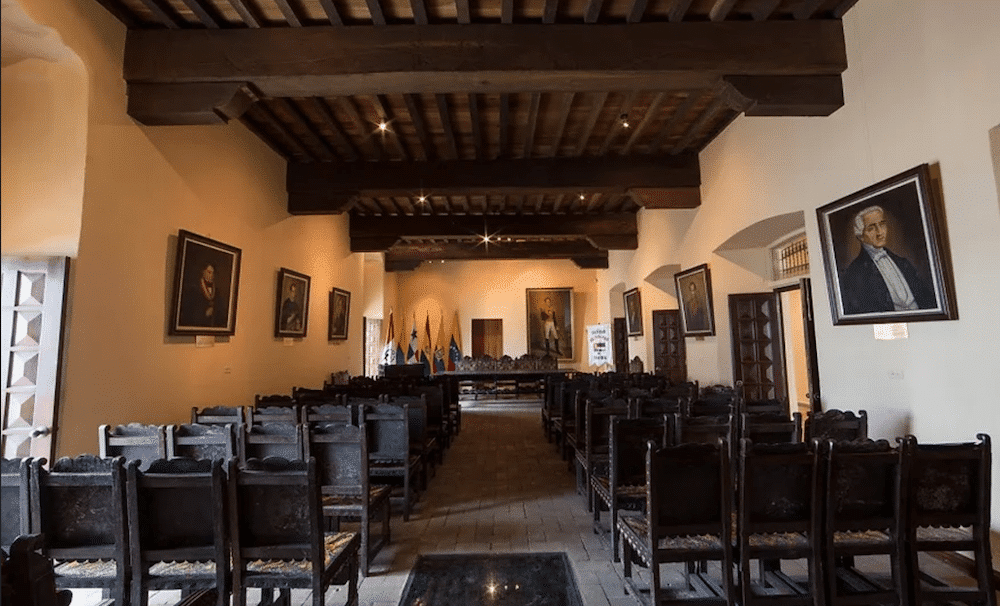
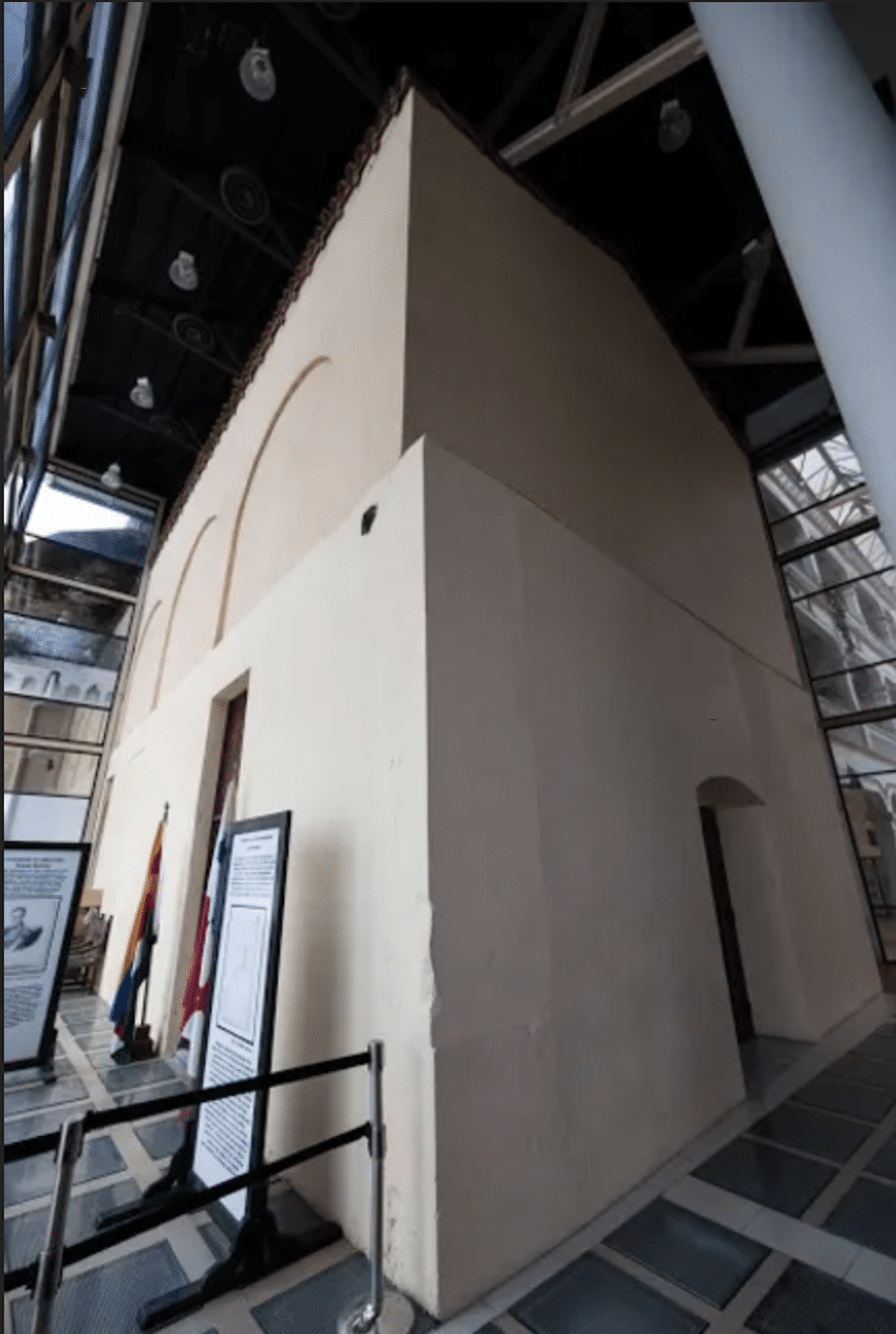
The building became a school in 1892 when the Piarist Fathers bought the building, which was basically in ruins, and turned it into the Balboa National School. Unfortunately, this school only operated until 1899, when it was closed due to the Thousand Days’ War. After the separation of Colombia, the Christian brothers acquired the building in 1904 to found the Colegio La Salle. That same year the building is used for the drafting and signing of the First Constitution of the Panamanian Nation.
Subsequently, the Bolivar Palace became the San Agustin school from 1953 to 1959, when it shared the space with the Comercial Bolivar in 1958. In 1959 it changed to the Bolivar Institute, which shared spaces with the First Cycle of the America between 1961 and 1972.
World Heritage Site
In 1999 they had to evict the Bolivar Institute to comply with one of the requirements of understanding between UNESCO and the National Government that was signed in 1995. It itself called for raising the Bolivar Hall as a universal monument. This project began in 1976 when the Brazilian government offered Panama to be the depositary of the Original Acts of the Amphictyonic Congress.
In 1997, UNESCO added the Historic District of Panama (the designation is shared between Casco Viejo and Panama Viejo) and the Bolivar Hall on the World Heritage list. The document cites “the United Nations Educational, Scientific and Cultural Organization (Unesco) declared, in 1997, the Chapter House of the Franciscan Convent as part of the Historical Heritage of Humanity, next to the Old Town of the city of Panama”.
In 2003, the Bolivar Palace became the headquarters of the Ministry of Foreign Affairs. Part of the commitment with UNESCO was to restore the immense building of one hectare, 10 thousand square meters.
During its remodeling, the three pavilions were rehabilitated: Juana de Arco (1921), Juan Bautista de La Salle (1926) and Constitution (1931). These three wings have an eclectic style, slightly influenced by the Renaissance and Spanish Baroque. Between 1920 and 1930, a large part of what was the colonial convent was demolished to build these pavilions.
In addition, the fourth pavilion that had disappeared in 1943 was restored. Between 2000 and 2003, a new building called Centenario was built, which was raised on stilts to protect the foundations of the convent, which has archaeological value since it dates from the 18th century. Under this building was found what is believed to be the kitchen and laundry area of the Franciscan monastery (Crujías) that remained underground for centuries. The remodeling of the Bolivar Palace was completed in June 2019.
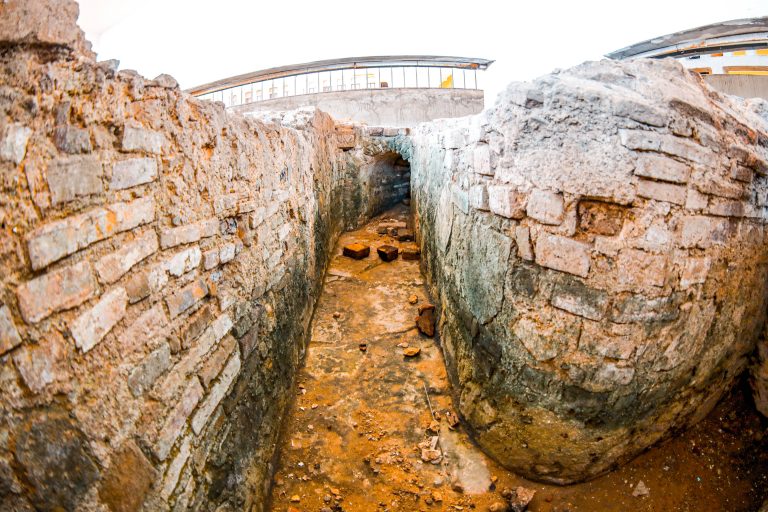
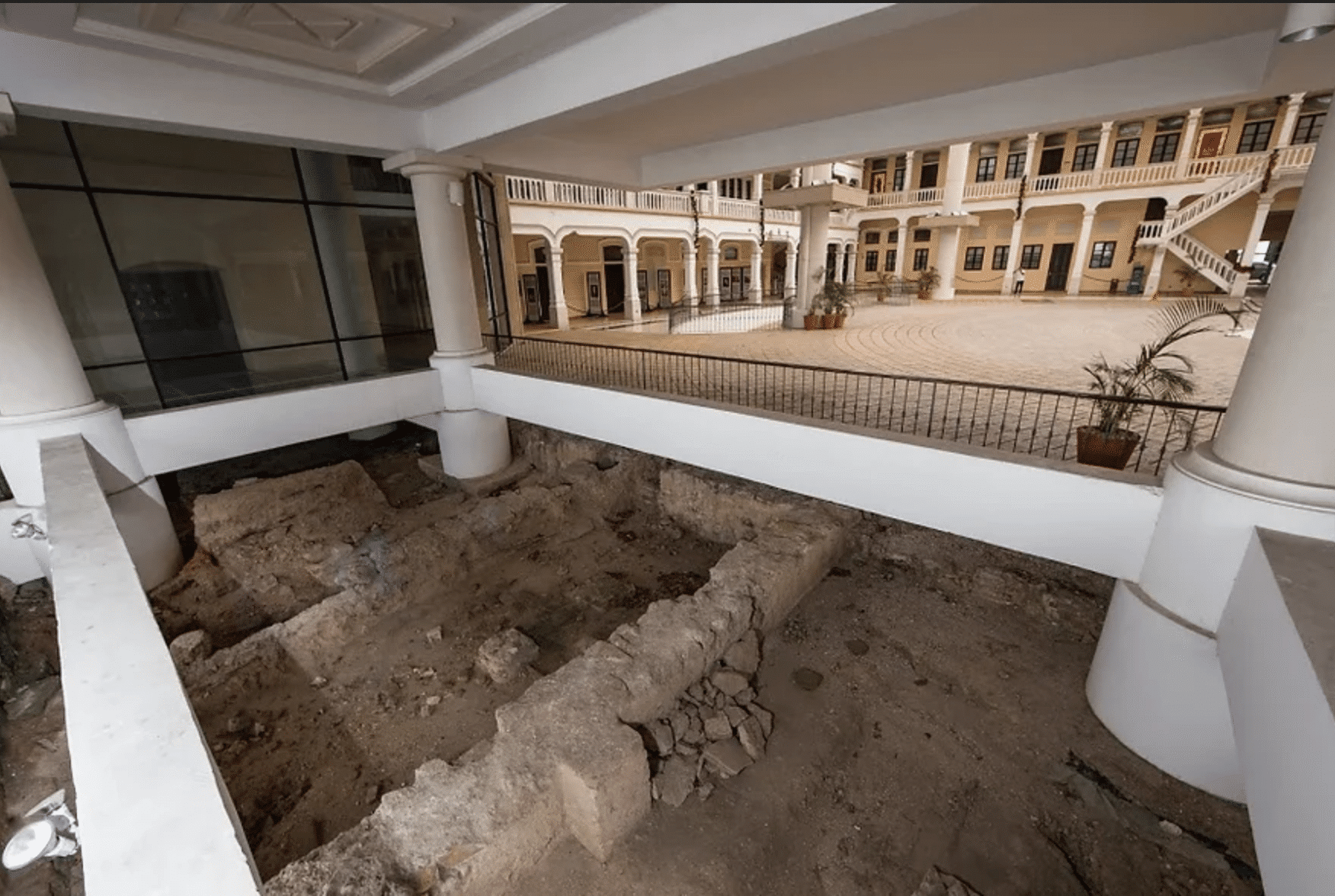
Visit the Bolivar Palace
The doors of the Bolívar Palace are open after extensive renovations so that the public can visit this monumental and patrimonial complex that has historical memories of the country. Visitors will be able to see the Crujías or water channels and the walls dating from the 17th century.
Visitors can see the famous Bolivar Hall which is completely enclosed by glass for protection. The Bolivar Museum has the Chapter House of the Convent and the Records Room, where the Protocols of the Isthmus are exhibited. It also has a replica of the luxury sword used by Simon Bolivar, a gift from Venezuela to the Panamanian State.
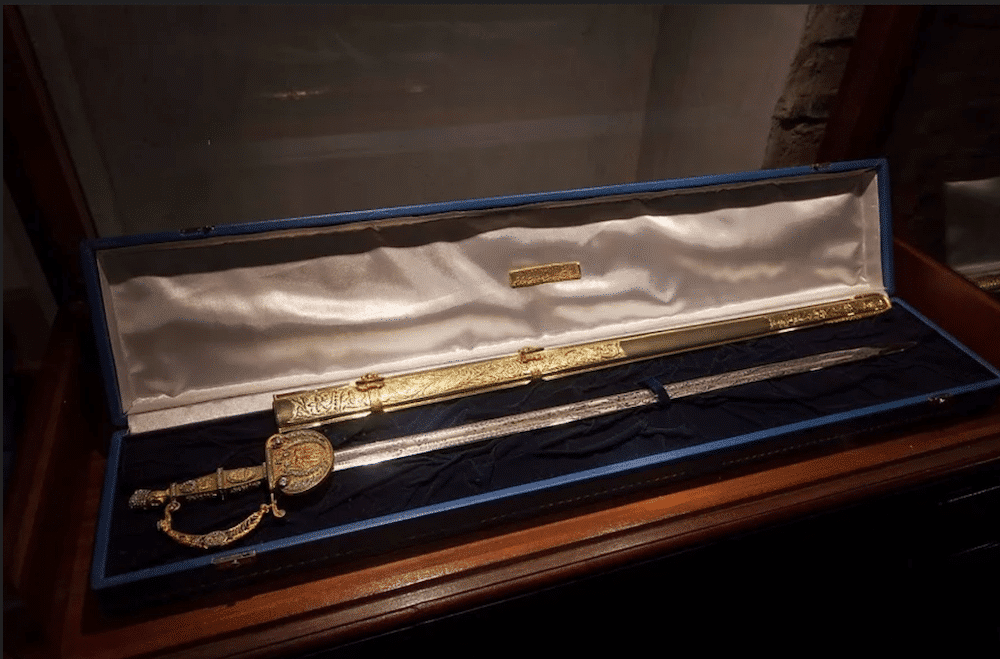
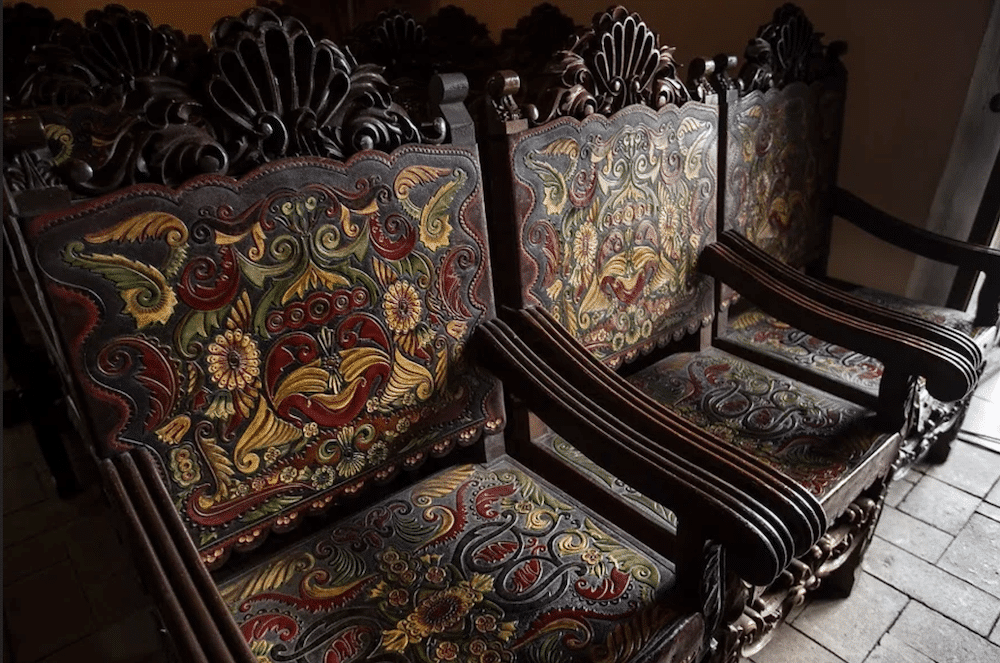
The internal patio of the Bolivar Palace has beautiful tiles and is covered with a translucent roof to protect it from the weather and improve the temperature. This old central patio was transformed into the Plaza de Los Libertadores that pays homage to those who fought for Latin American independence. The Rose of the Winds is in its center marks the orientation of each pavilion of the Palace. A bust of Bolivar stands at one end of the plaza representing the union of Latin America.
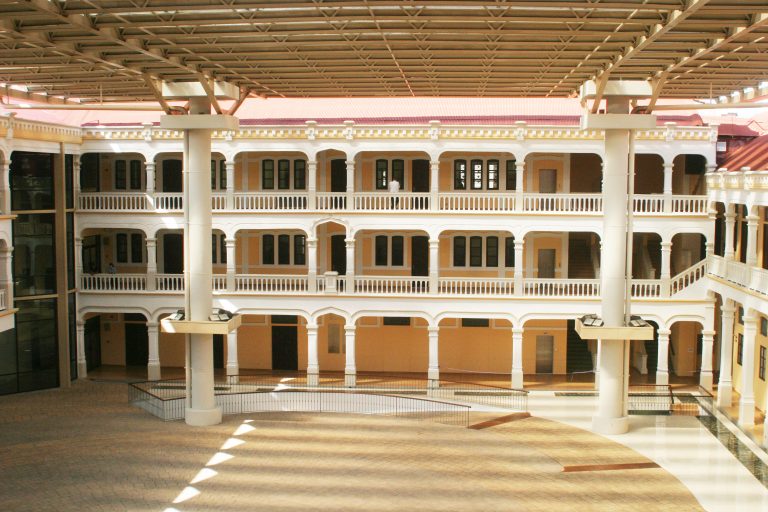
Inside the Bolivar Palace are the offices of the Bolivarian Society of Panama.
Those who want to visit the Bolivar Palace must schedule their visits on the website of the Ministry of Foreign Affairs or by email at to****************@******ob.pa. The visits are free of charge and must be scheduled between 9:30 a.m., 11:00 a.m. or 1:00 p.m. Monday to Friday. Due to security measures, visits are limited to a maximum of 10 people, unless they are groups that can be up to 20 people. Groups must be accompanied by a responsible person. You cannot eat or drink inside the palace and you must dress appropriately; therefore no sleeveless tops, shorts, or flip flops.